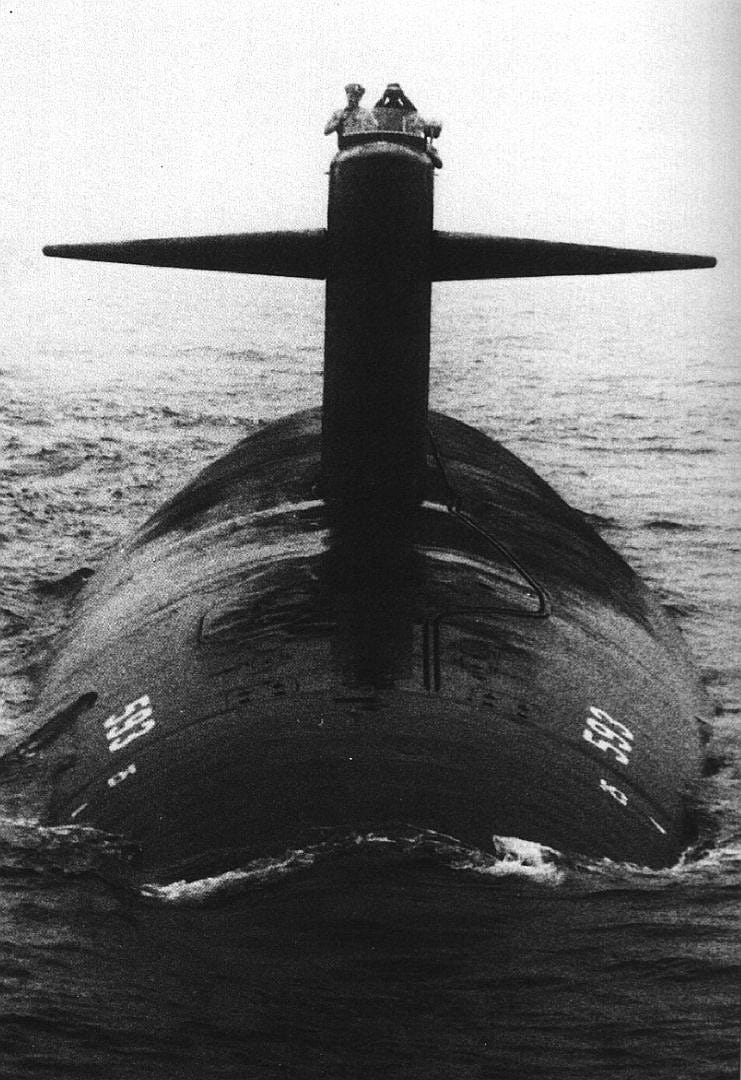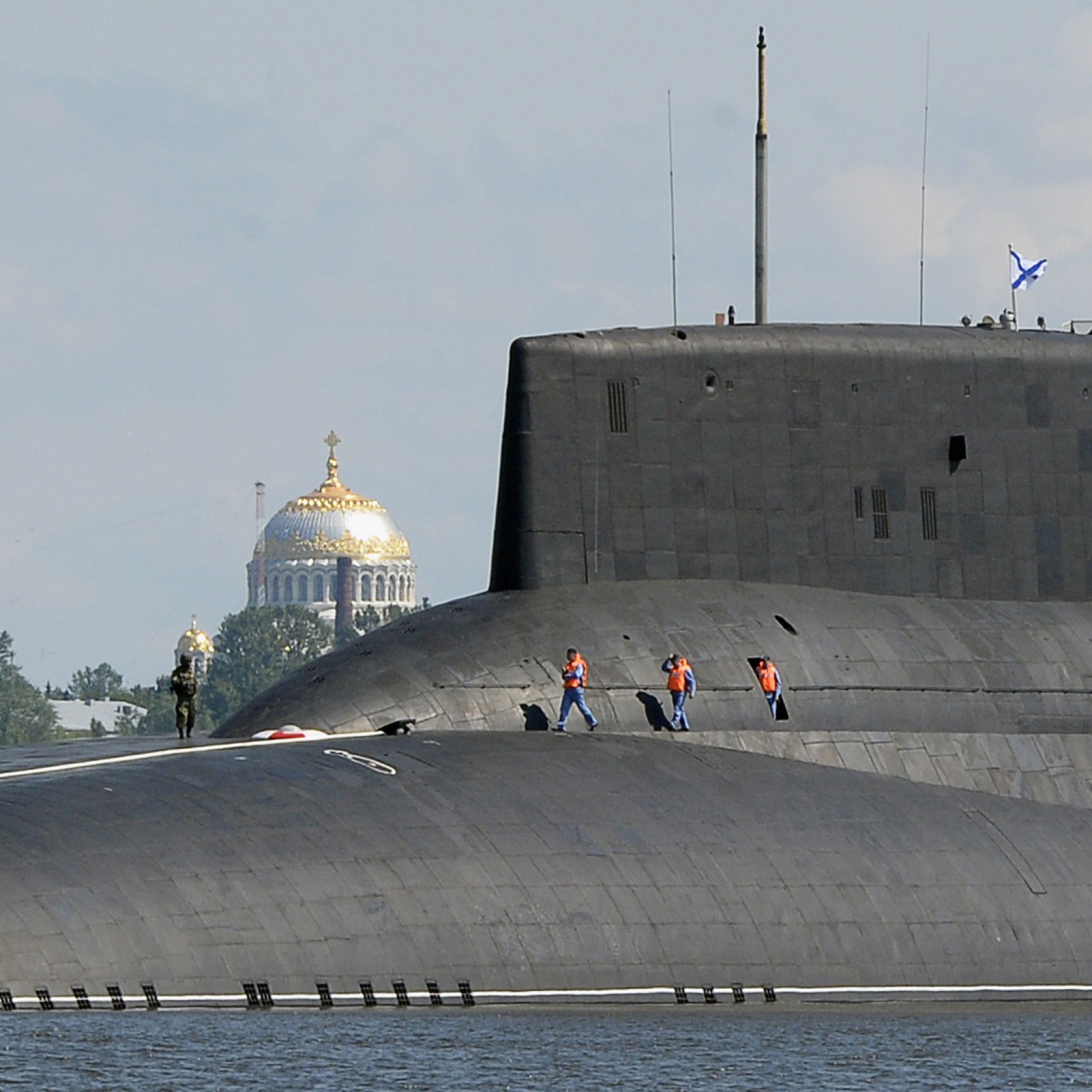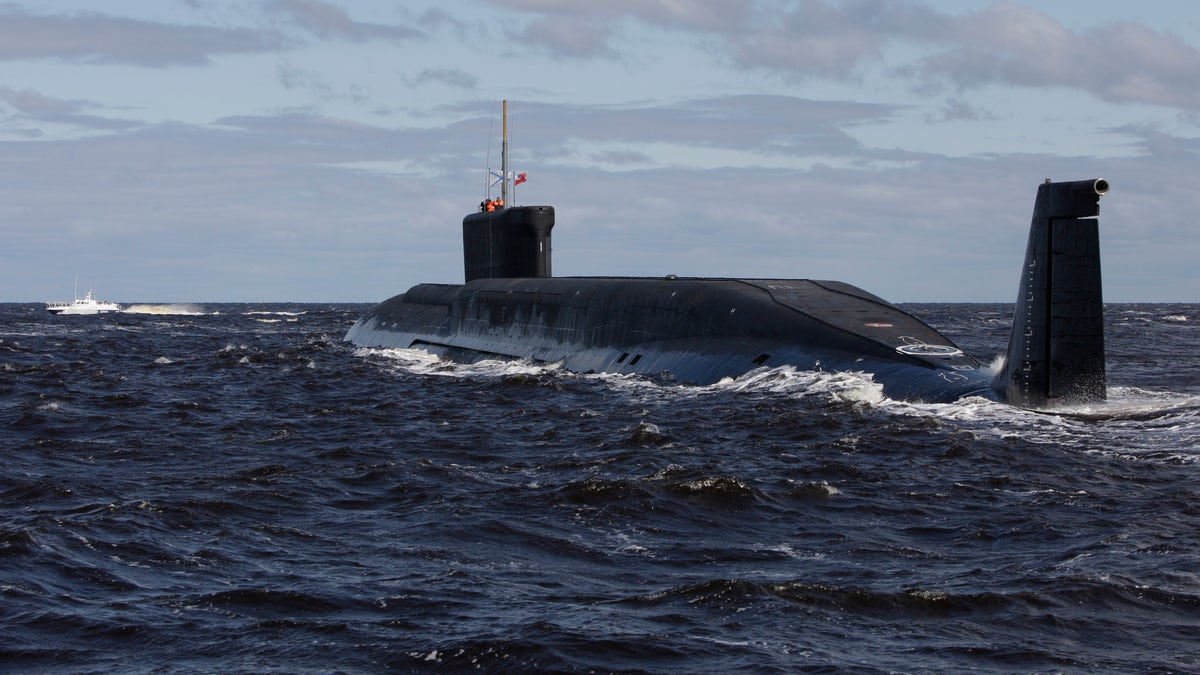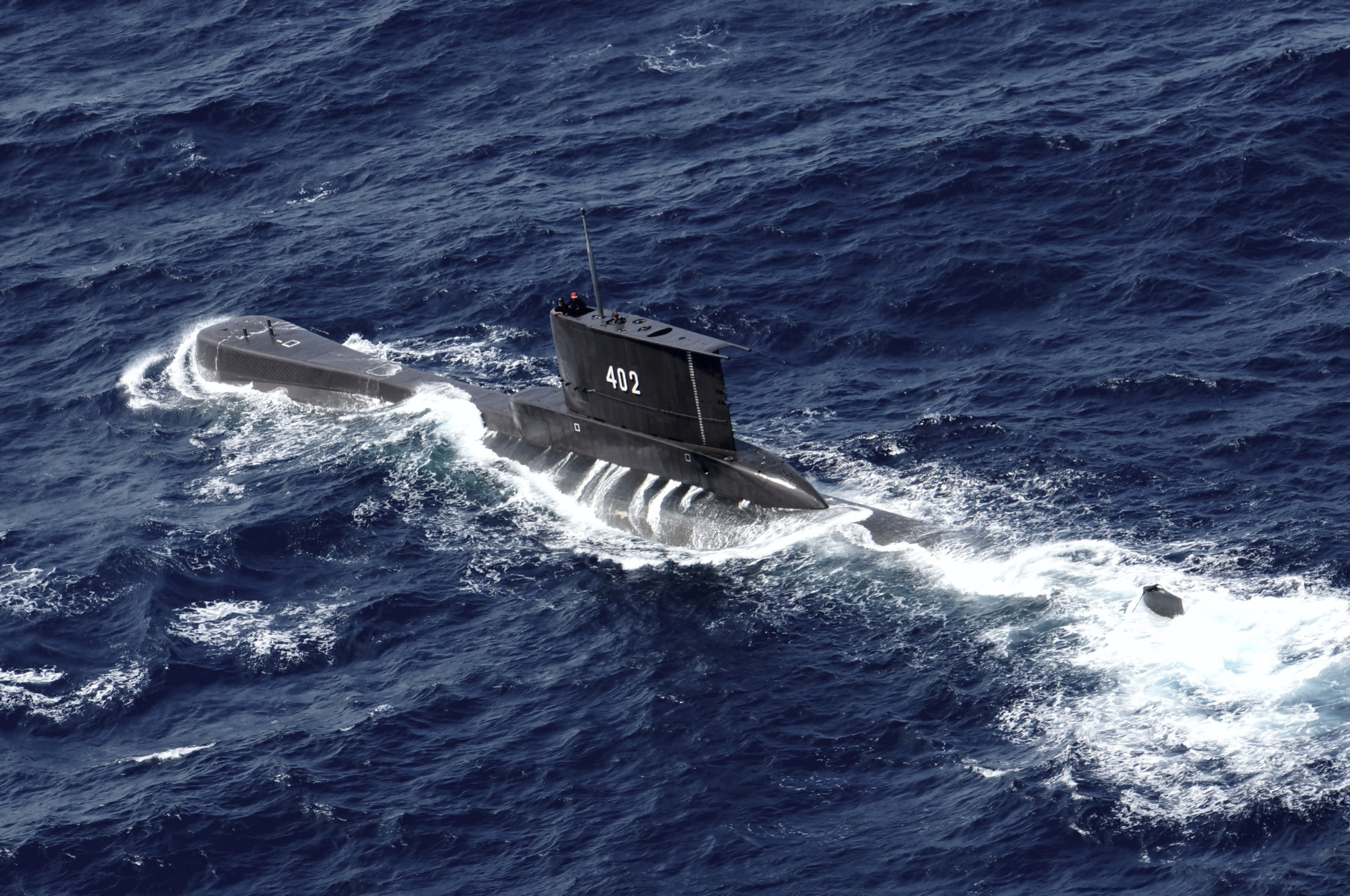Lost Nuclear Submarines - Tested at depth 220 miles (350 km) east of Boston, Massachusetts. At that time,
It was designed to seek out and destroy Soviet submarines, and it had a new sonar system that could detect other ships at great distances. She was also armed with the new US Navy SUBROC anti-submarine missile. The UUM-44 SUBROC (SUBmarine ROCket) is a type of submarine rocket used as an anti-submarine weapon. It carried a nuclear warhead with a yield of 5 kilotons.
Lost Nuclear Submarines

Model of 25 ships of the Thresher class. After many sea trials in the western Atlantic and the Caribbean,
Australia's Nuclear Submarine Decision Leaves More Questions Than Answers
She returned to Portsmouth on 16 July 1962 for a survey after shifts and remained in port until 8 April 1963.
Under the command of Lieutenant Captain John Wesley Harvey, 129 sailors aboard left the dock and met the submarine's rescue ship.
Got a call saying, "[We're] in a tight fit, good climb, trying to shoot off," followed by a crazy message saying "900 N." Another submission is the phrase "the test is too deep..." followed by:
High-low-intensity noise is detected. This noise is a form of collapse, when a ship's hull breaks under the pressure of the surrounding seawater.
Argentine Submarine Found On Bottom Of Atlantic Ocean After Year Of Searching
Fresh from a visit to Earth's deepest point, the Challenger Deep in the Mariana Trench, the Trieste bathyscaphe set sail from San Diego, California to view and photograph the debris field.
A maritime court of inquiry was convened to determine the cause of the accident, and it ended
The salt water line connection failed, due to high pressure water spray. This can cause a short circuit in the electrical panel, causing the nuclear reactor to suddenly shut down. Without a nuclear reactor, propulsion would be lost.

The reactor operator, Lt. Raymond McCool, aboard to take care of his dead wife, has just finished his replacement from nuclear power school. The switch followed standard procedures after an emergency shutdown, but it meant the reactor could not be restarted, so
India's Nuclear Sharks
Sunk, Admiral Hyman Rickover developed the "Rapid Launch Recovery" technique, which made it possible to restart a nuclear reactor after an accident.
She was supposed to surface immediately after her gas tanks were blown, but the excess moisture in her high-pressure gas tanks froze in the cold water at depth, and this ice blocked her. containers. After
It begins to sink until it breaks at a depth of 1,300 to 2,000 feet (400 to 610 meters). In 1963, during an investigation into the sinking, Admiral Rickover said:
Should not be considered the result of failure of any brake, weld, system or component, but should be considered due to design, construction, and inspection considerations approved in our shipbuilding programs. I believe it is important that we re-evaluate our current practices, in our desire to progress, we have abandoned the principles of good engineering.
Biden's Submarine Message: Time For Europe To Fall In Line
Entered Russian territorial waters and took Soviet missile fire before escaping from close proximity to Soviet naval vessels.
It arrived at the Norfolk Naval Shipyard for repairs that took nine months, but the Navy's requirements forced it to be cut short, and the emergency system also died.
Departed US Naval Base Rota, Spain with a crew of 99 on May 16, 1968 and
Was sent to monitor the activities of Soviet military forces in the Atlantic Ocean in the Azores region. In addition to the 32-knots high-speed Soviet Listopad-class Hunter-Killer submarines, in the Soviet army there is also an Echo II-class submarine and a Russian guided-missile destroyer.
Nuclear Submarine Disaster
Released a message received from the US Navy's communications station in Nea Makri, Greece, in which the commander said he was approaching a room with a research team "to begin investigating the Soviets" and work at a steady level. 15 knots (17 mph, 28 km/h) at a depth of 350 feet (110 m). This is the last message from
The US Navy began searching for the missing ship using Bayesian search theory techniques, originally developed during the search for a hydrogen bomb that went missing off the coast of Palomares, Spain, in January 1966. Another marine research vessel
, and he found it on the sea floor about 400 nautical miles (740 km) southwest of the Azores and at a depth of 9,000 feet (3,000 meters).
Sent again, he collected photos of the crash site. The tapes include the US Navy's SOSUS underwater listening system
Russian Submarine With Drones Capable Of Nuclear Tsunamis Leaves Arctic Base: Report
The vessel's hull was damaged by the force of the impact as it sank below the impact depth of 1,530 feet (470 m). After it was released, it fell 9,000 feet (2,700 meters) below the sea. In 1993, the US Navy released several documents from this investigation.
Accident to verify the release of radioactive material from its nuclear reactor and two nuclear warheads. Reports indicated no radioactivity, indicating that the nuclear reactor fuel was still intact, and that the two Mark 45 anti-submarine torpedoes (ASTOR) were still intact.
Diving In 1999, Blind Man's Bluff: The Untold Story of American Underwater Espionage, written by two New York Times reporters, expressed concerns about the conventional Mk 37 torpedoes being carried aboard.

In 2005, the book Red Star Rogue: The Untold Story of a Soviet Submarine's Nuclear Strike Attempt on the U.S. was published, claiming that the US had sunk the Soviet submarine K-129 off the coast of Oahu in the March 7, 1968, and that was it. diving
What Did The Thresher Disaster Court Of Inquiry Find?
" provided a detailed account of all the mechanical problems with the submarine that the US Navy had discussed or mentioned in letters to the crew, but that work did not determine the cause of the accident.
Documents declassified in December 2018 only revealed that former US Naval Reserve Commander Dr. Robert Ballard approached the Navy in 1982 for funding to search for shipwrecks with his new marine robot.
. The Navy has a counter offer: they will give Ballard the money if he first examines the wreckage of the Thresher and the Scorpion and assesses the radiological threat.
The wreckage revealed a large layer of debris and what Ballard described as a ship that looked "as if it had been sent through a cutting machine." Also in 1985, Ballard found a sunken ship
Lost French Submarine Finally Found After 50 Years Missing
"Although I don't think it's going to take much time and money," Garver said before the launch of Artemis I. In August 2000, the Russian navy sank the Oscar class II Kursk into the Barts Sea due to high water leakage. -peroxide test in the forward torpedo room caused the torpedo warhead to explode, causing half a dozen more warheads to go off two minutes later. This second explosion is equivalent to 3-7 tons of TNT
The explosion and flooding of seawater killed most of the submarine's 118 sailors. Twenty-three survived from the stern of the submarine, but despite international rescue efforts, they died a few days later from lightning or the smell due to lack of medical care. Family members of the dead soldiers strongly criticized the Russian military for not accepting international aid sooner.
On February 9, 2001, the USS Greeville suddenly capsized and sank the Japanese fishing training vessel Ehime-Maru, killing nine of the 35 Japanese on board, including four boats. , 10 miles (16 km) from the coast. Oahu The crash happened while people were on a cruise ship watching an emergency.

A naval investigation found that the accident was caused by the mishandling of sonar probes, the ineffective periscope search by the submarine's commander, Commander Scott Weddle, the damage of communication between the crew and disruptions caused by the presence of 16 clinical visitors on the cruise ship.
Inside The Secret World Of Britain's Nuclear Submarine Industry
The Navy and Greville's command were criticized for not being able to help the Japanese on the Ehime Maru, which survived the first engagement. Weather conditions produced waves of 8 to 12 feet (2.4 to 3.7 m), and the shape of the ocean floor prevented the deck hatches from opening. That's why the U-boat captain decided to stay away to stay.
In May 2002, the research vessel USS Dolphin suffered a flood and fire off the coast of San Diego, California. The ship was abandoned by the crew and Navy personnel, who were rescued by nearby naval vessels. No one was seriously injured. Although the boat was badly damaged, it was towed to San Diego for major repairs.
On November 13, 2002, the USS Oklahoma City collided with the natural gas tanker Leif Hoegh Norman Lady east of the Strait of Gibraltar. No one was injured in either vehicle, but there was
Us submarines lost, lost russian submarines, usn submarines, wwii submarines, submarines lost at sea, rc submarines, submarines lost in wwii, lost japanese submarines, submarines lost in ww2, british submarines lost in ww2, submarines, lost submarines never found

0 Comments